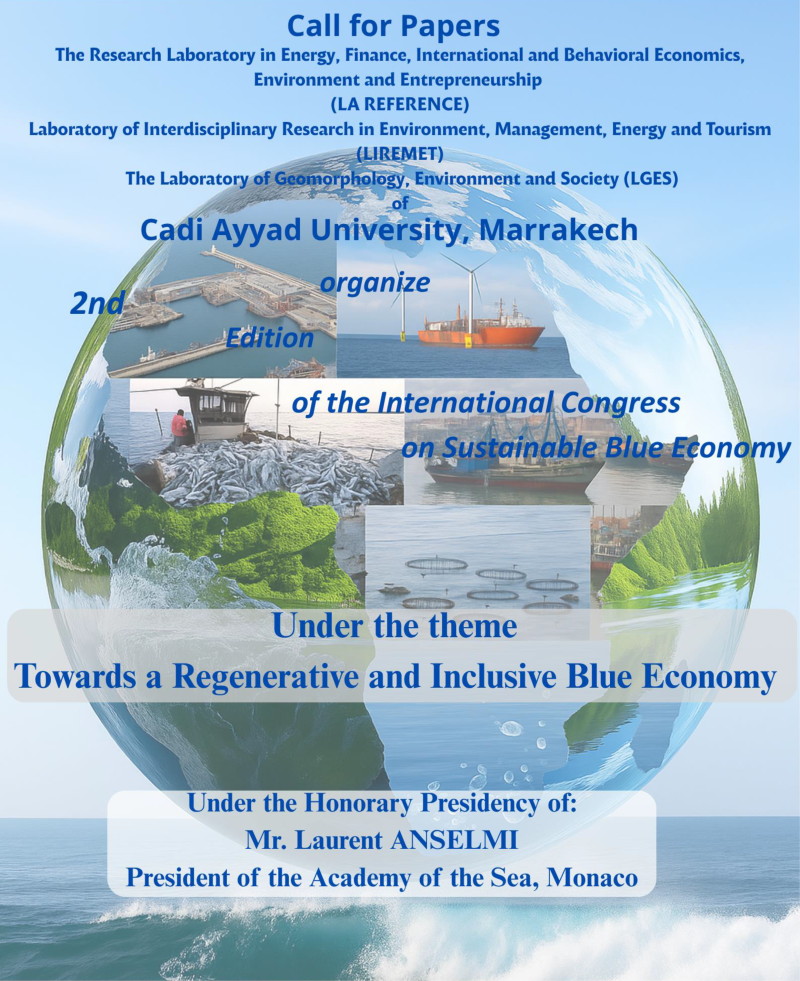Ensaios sobre a medição da pressão no mercado de câmbio em Marrocos
DOI:
https://doi.org/10.23882/rmd.23127Palavras-chave:
taxa de câmbio, mercado de câmbio, Índice EMP, Depressão, MarrocosResumo
Este artigo tem como objetivo medir a pressão sobre o mercado cambial marroquino através do índice EMPI. Constatou-se que nenhuma crise foi sinalizada por esse índice durante os anos de 2018 e 2019, o que significa que a política de flexibilização gradual do regime cambial, que entrou em vigor em janeiro de 2018, teve papel fundamental nesse sentido. Consequentemente, esta reforma teria sem dúvida reduzido a pressão sobre a taxa de câmbio ao tornar a economia marroquina mais resiliente e menos vulnerável a choques exógenos. Assim, foram identificados 8 períodos de crise com probabilidades significativamente altas. Destes 8 períodos, podemos distinguir 3 períodos que têm sido planeados com mais intensidade, nomeadamente no segundo semestre de 2008, no primeiro semestre de 2012 e 2017.
Referências
Aftab, M. & Phylaktis, K. (2022). Economic Integration & Exchange Market Pressure in a Policy Uncertain World. Emerging Markets Group Working Paper Series. Bayes Business School. London.WP-EMG-02-2022.
Beckmann, D., Menkhoff, L., & Sawischlewski, K. (2006). Robust lessons about practical early warning systems. Journal of Policy Modeling, 28(2), 163-193. https://doi.org/10.1016/j.jpolmod.2005.10.002
Bussiere, M., & Fratzscher, M. (2006). Towards a new early warning system of financial crises. Journal of International Money and Finance, 25(6), 953-973. https://doi.org/10.1016/j.jimonfin.2006.07.007
Comelli, F. (2014). Comparing parametric and non-parametric early warning systems for currency crises in emerging market economies. Review of Inter-national Economics, 22(4), 700-721. https://doi.org/10.1111/roie.12121
Corsetti, G., Pesenti, P., & Roubini, N. (1998). What caused the Asian currency and financial crisis? Part II: The policy debate (No. w6834). National Bu-reau of Economic Research.
Desai, M., Patnaik, I., Felman, J., & Shah, A. (2017). A cross-country Exchange Market Pressure (EMP) dataset. Data in brief, 12, 652–655. https://doi.org/10.1016/j.dib.2017.04.059.
Eichengreen, B., Rose, AK, & Wyplosz, C. (1994). Speculative attacks on pegged exchange rates: an empirical exploration with special reference to the European Monetary System (No. w4898). National Bureau of Economic Research.
Flood, R. and Garber, P. (1984). Collapsing exchange rate regimes: some linear examples. Journal of International Economics, 17, 1–13. https://doi.org/10.1016/0022-1996(84)90002-3
Frankel, JA. & Rose, AK (1996). Currency crashes in emerging markets: empiri-cal indicators (No. w5437). National Bureau of Economic Research.
Goldberg, L., & Krogstrup, S. (2023). International Capital Flow Pressures & Global Factors. NBER Working Paper Series. Cambridge, MA 02138.
Ilzetzki, E., Reinhart, C. M., and Rogoff, K. S. (2019). Exchange arrangements entering the 21st century: Which anchor will hold? The Quarterly Journal of Economics, 134(2), 599-646. http://bit.ly/3lvYuJk
Jain, D.K., Ur-Rehman, N., Ganiev, O. & al. (2023). Currencies of greater inter-est for central Asian economies: an analysis of exchange market pressure amid global and regional interdependence. Financ Innov, 9(46). https://doi.org/10.1186/s40854-022-00417-7
Kaminsky, GL. (1999). Currency and Banking Crises: The Early Warnings of Distress. Washington: George Washington University.
Kaminsky, G., Lizondo, S., Reinhart, C. (1998). Leading Indicators for Currency Crisis. IMF Staff Papers, Palgrave Macmillan Journals, 45(1).
Kaya, E. & Köksal , Y. (2018). Doviz piyasasi baskısı fri menkul kıymet piyasalari etkilesimi: bıst 100 üzerine beer inceleme. Journal of Economics & Administrative Sciences/ Afyon Kocatepe Universitiesi Iktisadi fri Idari bilimler Fakültesi Dergisi, 20(2), 21-35.
Kibritçioglu, A. (2003). Monitoring banking sector fragility. The Arab Bank Re-view, 5(2), 51-66. https://bit.ly/412qvbG
Krugman, P. (1979). A model of balance-of-payments crises. Journal of money, credit and banking, 11(3), 311-325. https://doi.org/10.2307/1991793
Obstfeld, M. (1994). The Logic of Currency Crisis. NBER Working Paper, No. 4640, September.
Obstfeld, M. (1997). Models of Currency Crises with Self-fulfilling Features. NBER Working Paper, No. 5285, February.
Organcılar FN & Soydal H. (2016). Analysis of exchange market pressure index with the selected data: case of Turkey. Sosial bilimler Dergisi (The Journal of Social Sciences), 3(6), 409-438.
Uğurlu, E. & Aksoy, EE (2017). Krizi Döneminde Türkiye'de Doviz Piyasasi Baskısının İncelenmesi: Mevsimsel Eşbütünlesme Analizi. Finans Politik & Ekonomik Yorumlar, 54(633), 9-26.
Ural, M. & Balaylar, NA (2007). Bankacılık sektöründe yüksek risk alımı fri baski indeksleri. Finans politics Ekonomik Yorumlar dergisi, (509), 47-57.
Velasco, A. (1996). Fixed exchange rates: Credibility, flexibility and multiplici-ty. European economic review, 40.3-5, 1023-1035.
Downloads
Publicado
Como Citar
Edição
Secção
Licença
Direitos de Autor (c) 2023 Ahmed Hrifa

Este trabalho encontra-se publicado com a Creative Commons Atribuição-NãoComercial 4.0.









